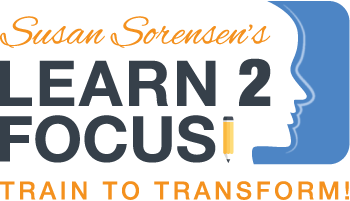Sensory and Behavior Issues: Could It Be the Moro Reflex?
/Last week, I introduced primitive reflexes in my blog as an important factor in what may be causing or contributing to symptoms associated with autism, ADHD and other developmental disorders in children.
Here’s a brief recap: Primitive reflexes, or infantile reflexes, begin developing from the time the child is in the uterus. They are repetitive, involuntary or automatic movements in response to stimuli that are essential for the baby’s healthy development. As the baby grows, ideally these primitive reflexes will no longer be active and disappear as they become unnecessary. However, if primitive reflexes are still present at a certain age, it can be a sign of nervous system dis-regulation which pervasively affects sensory processing, behavior and cognitive skills.
One of the major primitive reflexes is called Moro Reflex or infantile startle reflex.
The Moro Reflex acts as a baby’s primitive fight/flight reaction. Sudden head movements on a vertical plane – forward and backward- will initiate the Moro reaction. Most doctors will probably check for the reaction during your infant’s first visits. First, the doctor will probably place the child on a soft, padded surface. The head is released suddenly, allowed to fall backward and quickly supported. If the reflex is functioning, the baby will have a startled look, the baby’s arms would move sideways with palms up and he or she may cry for a minute. As the reflex ends, the infant draws its arms back to the body with elbows flexed, and then relaxes.
By the time the baby is four months old, the Moro reflex should disappear. If a child experiences a retained Moro reflex after he or she turns four months, there is a possibility that he or she is over sensitive and over reactive to sensory stimulus. This means poor impulse control, sensory overload, anxiety and emotions and social immaturity. Other signs include motion sickness, poor balance, poor coordination, easily distracted, a lack of an ability to adapt to change and mood swings.
The Moro Reflex may also become activated due to trauma or injury. We have seen children and teens develop challenges with the Moro after accidents and sports related injury.
At Learn 2 Focus, the Moro is one of the retained reflexes we see most frequently in our students - young and old alike. As we address the Moro through specific exercises, the students stress is reduced, sensory issues decrease, and their challenging behaviors diminish. It is a relatively easy issue to deal with, yet the most frequently overlooked.

